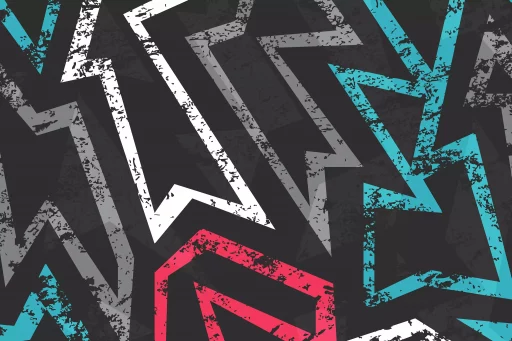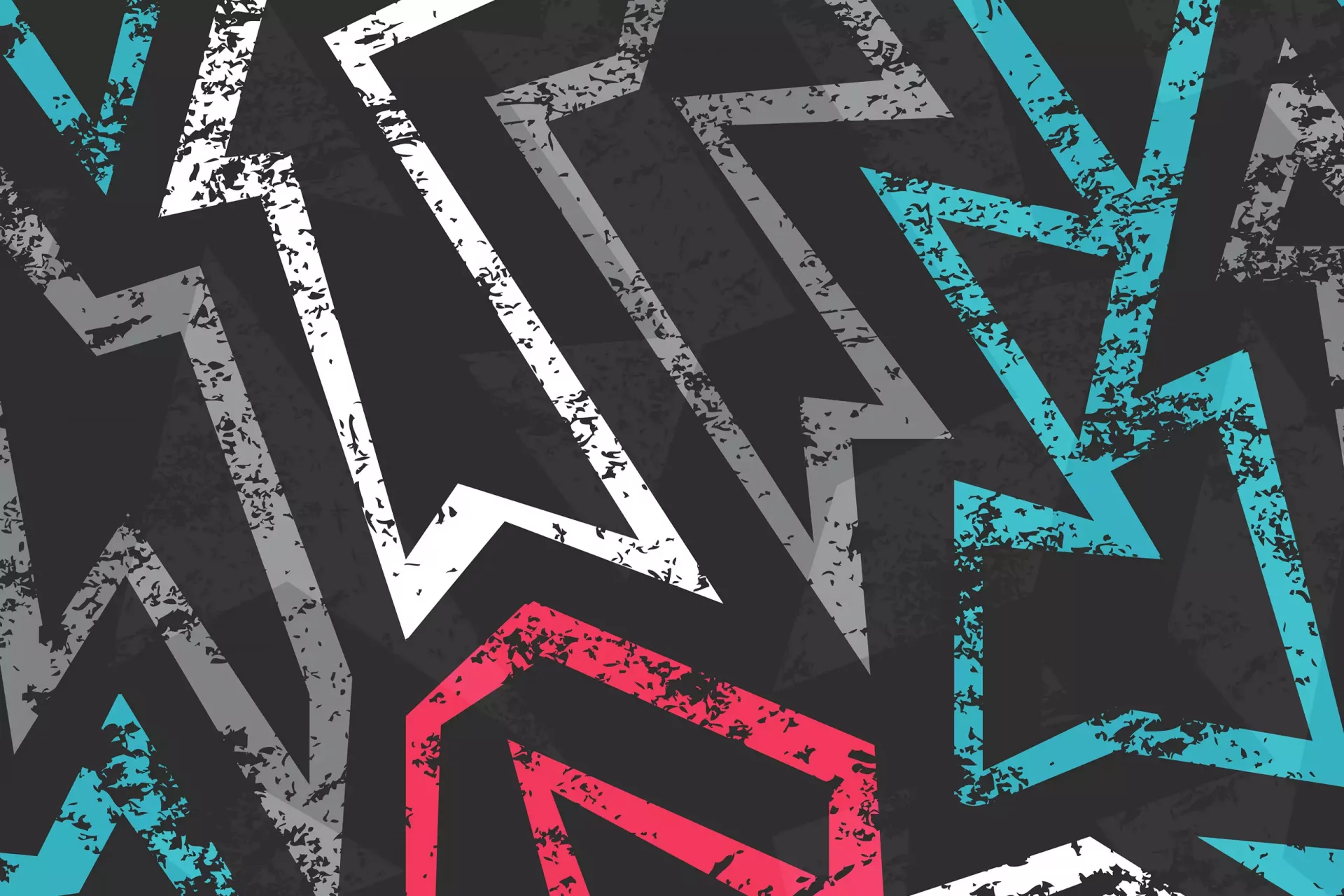Introduction to G Drug Slang
In the realm of substance use and street drug culture, terms can evolve quickly, often leading to confusion and misunderstanding. One such term that has gained notoriety is ‘G,’ which generally refers to a specific type of psychoactive substance. Understanding what G drug slang signifies is crucial for those seeking to comprehend its implications in society, especially among younger demographics.
What Does G Refer To?
The term ‘G’ usually denotes GHB (Gamma-Hydroxybutyric acid) or GBL (Gamma-Butyrolactone). Both substances are central nervous system depressants and are known for their euphoric and sedative effects.
- GHB: Commonly used in therapeutic settings for conditions like narcolepsy, it has also found its way into recreational use. In higher doses, GHB can result in unconsciousness, seizures, and even death.
- GBL: Often marketed as a solvent, GBL is converted into GHB in the body. Its use is illegal in many places, and its effects can be dangerous, making it popular in some nightlife environments.
The Rise of G in Popular Culture
G has become popularized in various music genres, particularly in electronic dance music (EDM) scenes. Artists and DJs have referenced the substance in lyrics, which can contribute to its normalization and increase its allure among young fans.
Statistics on G Use
Data regarding G substance use can be startling. According to the National Institute on Drug Abuse (NIDA), GHB and GBL are among the more frequently misused substances. Reports indicate:
- As of recent surveys, around 0.5% of young adults aged 18-25 reported using GHB in the past month.
- Emergency department visits related to GHB have increased by over 100% in the past decade.
- Approximately 15% of individuals who use GHB develop a substance use disorder.
Case Study: G Use Among College Students
One illuminating case study involved a university’s Health and Wellness Department, which conducted surveys among its student body. They found that:
- Roughly 7% of students reported having tried GHB at least once.
- A significant portion of users mentioned peer pressure and social elements as contributing factors to their use.
- Students frequently associated G use with party culture, where it was often mixed with alcohol.
This study was crucial in understanding the dynamics surrounding G drug use among young adults, pointing to the need for targeted educational interventions.
The Risks Involved
Using G can have serious physical and psychological consequences. Some noted risks include:
- Overdose, characterized by symptoms like vomiting, seizures, slow heart rate, and loss of consciousness.
- Increased risk of dependency over time, with withdrawal symptoms that can be severe.
- Dangerous interactions with other substances, including alcohol and other depressants.
Furthermore, GHB is often referred to as a “date-rape drug” due to its ability to incapacitate individuals, making them vulnerable in social settings. Awareness and education are critical to preventing its misuse.
Conclusion
The slang term ‘G’ encompasses more than just a casual reference to a substance; it carries with it a range of implications for users, their communities, and the healthcare framework responding to substance use disorders. As GHB and GBL-related incidents continue to rise, key stakeholders in society—including parents, educators, and policymakers—must prioritize educating the youth about the dangers associated with these substances. Only through awareness and education can we work to reduce the prevalence of G abuse and its associated risks.


